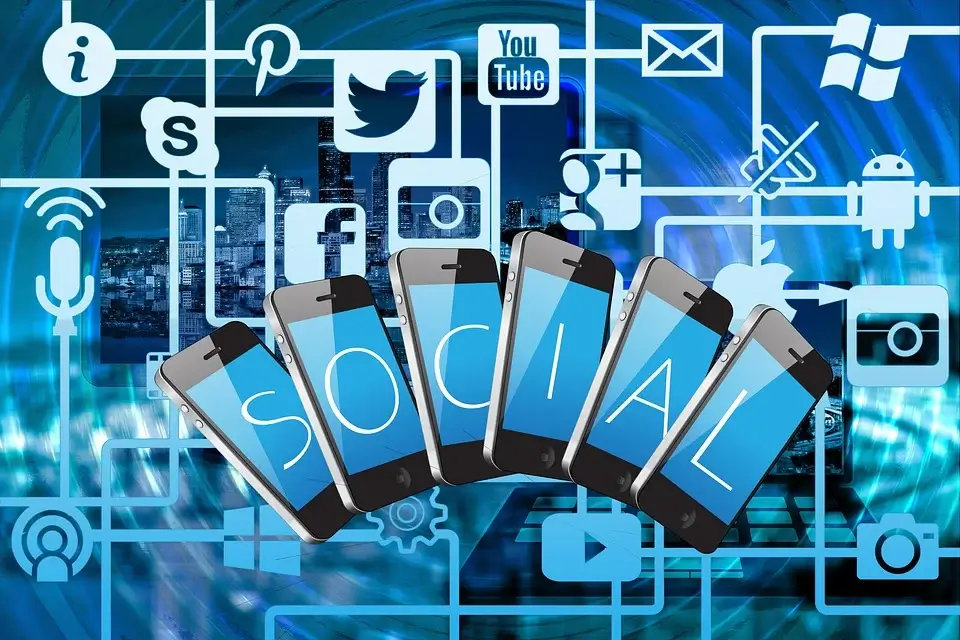
Web Schools: The Modern Platform to Upgrade and Reform Education
February 27, 2021
Reasons to Adopt a School Management System Today
March 12, 2021In this 21st century, technology is at the forefront of almost every facet of our lives. The impact of technology has been enormous in some areas while others are experiencing a steady increase. The education sphere lies somewhere in between, perhaps. However, over the last two decades, we are experiencing technology redefine what we knew and understood before as a traditionalist view of education.
Take e-learning, for example, that’s something nobody thought possible in the not too distant past. With technology, computer-based test and remote exams are becoming the norm. The idea of attending classes in foreign universities while living in other countries is no longer an idealistic dream, but very much realistic.
Today, we see educational institutions and academics leverage technology for teaching, learning, and administrative purposes. As teachers are learning new and innovative ways to impact knowledge in their students, administrators are getting cutting-edge tools and technologies to manage records and resources in equal measure.
6 Ways Technology is Improving Education
- Accessibility: Perhaps, the single greatest good technology has done and can do for education is to make it accessible to everyone. Easy accessibility means easy and effective learning. With technology, schooling doesn’t have to be confined within the four walls of a building. With the advent of the internet, books and other written materials no longer have to be the primary or prevalent medium of acquiring and accessing information. With a single click, all the necessary resources necessary for acquiring knowledge are made available because of technology.
Technology has minimized the disparity between those few lucky ones who have access to books and other kinds of literature and those who live in remote areas who may have little to spare towards education. - Collaboration and Communication Methods: There’s no accessibility without a medium of exchange. Technology has been a major help as to how we collaborate and communicate today. In just about every industry, there are many unique solutions available. The education industry is certainly not left out, there exist many collaborative and communicative tools that make learning much more efficient and effective.
Teachers and students can use communication tools and platforms for interactions, discussions, information sharing, and delivery. All of those are made possible by video conferencing, text and email services, calls, and so on.
However, some collaborative tools and platforms enable much deeper and involved information sharing and exchange of ideas. These platforms are custom solutions and typically developed for a specific industry or niche. Bringing the teaching and learning experience as close to a physical meeting as possible. - Online Resources: Technology has seen a much-needed proliferation of online resources to the extent that students or learners are spoilt for choices. Even the ways we choose to access and consume these resources are left for us to decide: e-books, blogs, articles, online journals, podcasts, video courses, etc. It’s truly overwhelming.
Because these online resources can easily be accessed in the form of texts, images, audio, and video, anybody with an internet-enabled device is good to go.
Nowadays, there are just so many websites for every single topic or thing you could think of. Even if you’re strictly inclined to academic studies, there’s a ton of educational websites and publications you can consume. Some of these sites are those of real universities and colleges, research institutions, and other citadels of learning. Some of them offer free online courses where the study materials and course contents are more or less what you’d get within the four walls of their classrooms. - Increased Learning Flexibility: Technology has made so many learning modes possible that it’s almost trivial nowadays. We often take it for granted.
It’s not rocket science that every individual student has different learning abilities. Some may assimilate new things quicker than others. While others may prefer a virtual and more self-paced option. This can be a considerable problem as it affects the effectiveness and efficiency of learning.
Again, the solution to the above problem is not rocket science: personalized learning. There are enough tools that can help educators identify student’s strengths and weaknesses, established preferred learning modes and styles, and help create a personalized learning plan. - More Interesting and Fun Learning Techniques: To be frank, learning can be a little tedious and boring, especially when you’re being fed new information every with the same traditional learning materials and techniques. Sometimes, we naturally crave a little variety.
Normally, students are more interested in learning when there’s a little fun associated with it. Especially when we are talking about teens and kiddies here.
With technology, that’s very possible to achieve. Many platforms allow educators to put together fun games and challenges that ultimately aim to educate the player. They learn so much faster this way and longer too. Thankfully, such platforms put to good use all those tech gadgets like phones, iPods, tablets, and laptops most of the youngsters have in their possession today. - Reduces Paperwork: Have you ever have to deal with a huge pile of paperwork? Believe me, you don’t want to. Thankfully, one of the pecks that come with technology is that the mode of content delivery is very much moving away from paperwork. And believe me, that’s a huge thing.
There are so many things wrong with having a paper as the only means of documenting every single thing. First, they are very costly to manage, they leave a huge mess, and it’s very difficult to retrieve information from them if your file cabinet system is not well-structured.
With technology, the medium of delivery is much better and less costly to manage. Teachers can easily deliver educational resources to students much faster and with less effort.




